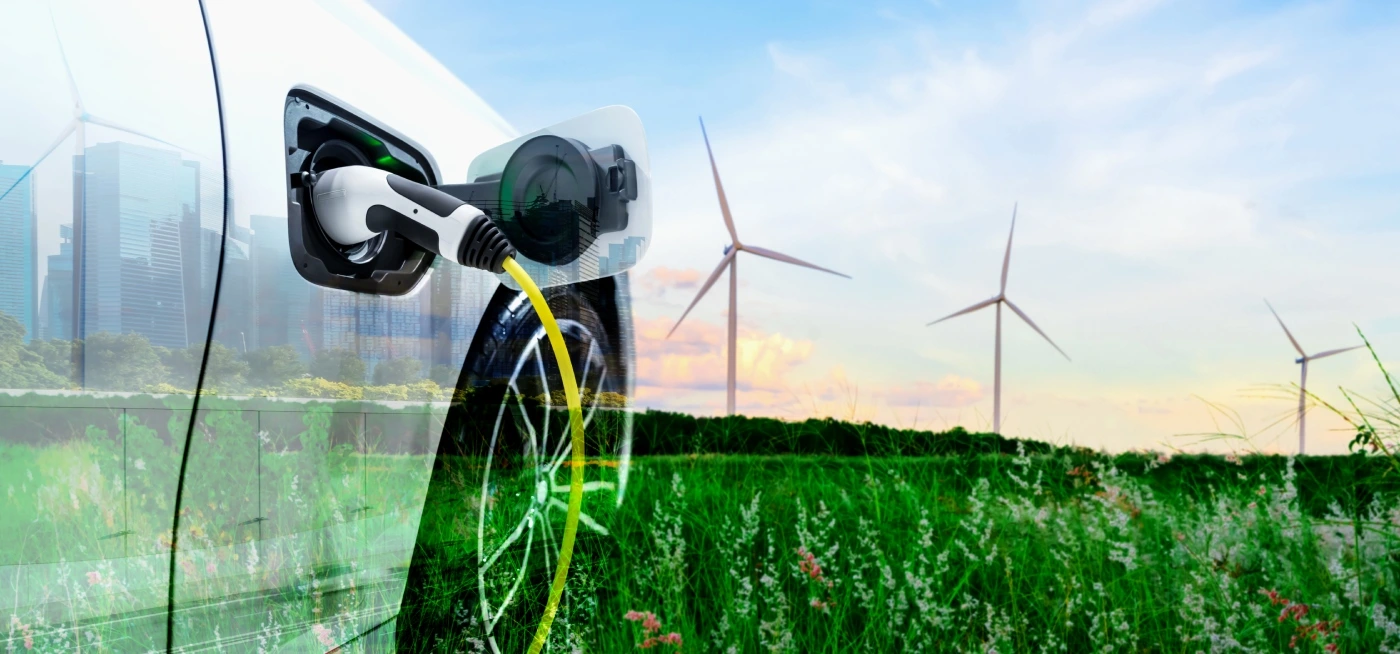Even with a great product, breaking into the car market took a lot of work before India's EV revolution. The introduction of EVs, however, has revolutionized the way commerce is done in this sector.
In 2011 or 2013, Chinese electric scooters made their way into the Indian market, but they could not gain traction for several reasons, the most important of which was a lack of consumer demand. This was not the first time EVs had been introduced to the market, nor was it the last.
Since gas and diesel costs weren't sky-high and environmental degradation wasn't accelerating, there were better times to introduce EVs. Unfortunately, the current state of affairs is far worse than in the past, and gasoline and diesel-powered cars are now nothing more than a burden on the planet and consumers.
To capitalize on this potential, however, numerous newer companies have begun investing in the electric car sector, producing vehicles that were formerly thought of as science fiction or just concepts.
These new companies have rethought what it means to be a car and are adding features to their cars that no one could have predicted. Because of the advent of EVs, the formerly monopolized car market can no longer become oversaturated by a select few companies. The upside of this sector is that technology is the answer to all the issues. The sky is the limit for technological progress, even though electric cars still have many obstacles to overcome.
Automobile Industry – Value Chain Perspective
Infrastructure, products, and a supplementary network system make up the industry's ecosystem, which is essential to its success. Figure 1 (from a white paper by the World Economic Forum) depicts the three main value chains present in the ecosystem: Product [EV], Infrastructure, and Network.
Based on customer specifications, needs, and the product's adaptability to meet those demands, an ecosystem has developed around the product. Corporate R&D focuses on the customer as the central focus of product development. The stages of bringing an idea to fruition, creating a prototype, and releasing the product to the market are all part of the product value chain.
In addition to goods, infrastructure is a crucial value chain since it paves the way for developing new products. The ecosystem can support regular product maintenance and availability when the network value chain is in place. The network value chain not only helps meet the ecosystem's needs but also helps close the gap between what customers anticipate and what is delivered.
Automotive Industry Ecosystem – Stakeholders
The term "automotive electrification" refers to the process by which vehicles that were formerly powered by fossil fuels are being replaced with vehicles powered by electric energy. Despite this, it's not merely a matter of switching fuel types. The automobile industry's infrastructure constructed over the century made it feasible for fossil fuels to be produced, transported, and distributed. This was made possible owing to the car industry.
The construction of infrastructure calls for meticulous and unceasing labour over time. There is a significant gap between the financial, human, and natural capital required by those engaged in the infrastructure value chain.
Infrastructure Value Chain Players And How The Change To Evs Will Affect Them
Oil Refineries
The primary function of refineries is to provide fuels for motor vehicles. Oil refineries will have consequences as more people switch to using electric cars and drivetrains. According to an article by Vinni Malik on energyworld.com, about 60% of crude oil output is used for transportation. It takes work to transition away from using fossil fuels altogether. Car electrification will significantly affect oil refineries in the long term (beyond 2050). The good news is that fossil oils may have other use and may provide opportunities to develop novel products.
Charging stations, renewable energy, and companies that deliver electricity
Batteries in EVs have to be charged. Faster adoption of car electrification will raise the need for charging stations. Rapid market acceptance of electric vehicles will be facilitated by an increase in the number of charging stations and the ease with which their use may be accessed.
The charging station may be powered using renewable energy or traditional electric energy. The charging station will save money by using renewable energy, and it will also be more environmentally friendly. However, increasing the number of charging stations will benefit both the power distribution system and the creation of renewable energy.
Automakers
The infrastructure value chain includes original equipment manufacturers (OEMs) like automakers. Infrastructure for ICE carmakers is constructed and improved over time as the industry develops. The automotive industry invested much in acquiring vast information and mastering the art of creating automobiles.
Every carmaker has its tried-and-true processes for making durable automobiles. Quite a bit of this expertise will have to be discarded in favour of developing an electric powertrain. The genitive effect, however, is restricted to a swift adaptation or reversal upon absorbing the new information.
If ICE vehicle makers respond to the shift with the same vigour as the rest of the industry, the effect due to vehicle electrification will be neutral or negative in the near term.
Automakers have a leg up on the competition because of factors such as their familiarity with vehicle construction, their established supply chain and market, their ability to leverage money, and their consumers' opinions.
Fuel Stations
The gas station is the location where retail gasoline is distributed. However, gasoline stations will have a negative effect in the medium to long future due to vehicle electrification. The extent to which this is felt will depend on the density of vehicles in the area and the placement of the fueling stations.
Contrary to popular belief, some industry professionals think fueling stations may also profit from being electric. As an added service, gas stations are well-positioned to launch battery-changing stations. The pace of electric vehicle adoption and the rate at which demand for fossil fuels declines significantly impact the commercial economics of retail delivery.






Comments (0)
Nov 28, 2022
Views (1261)